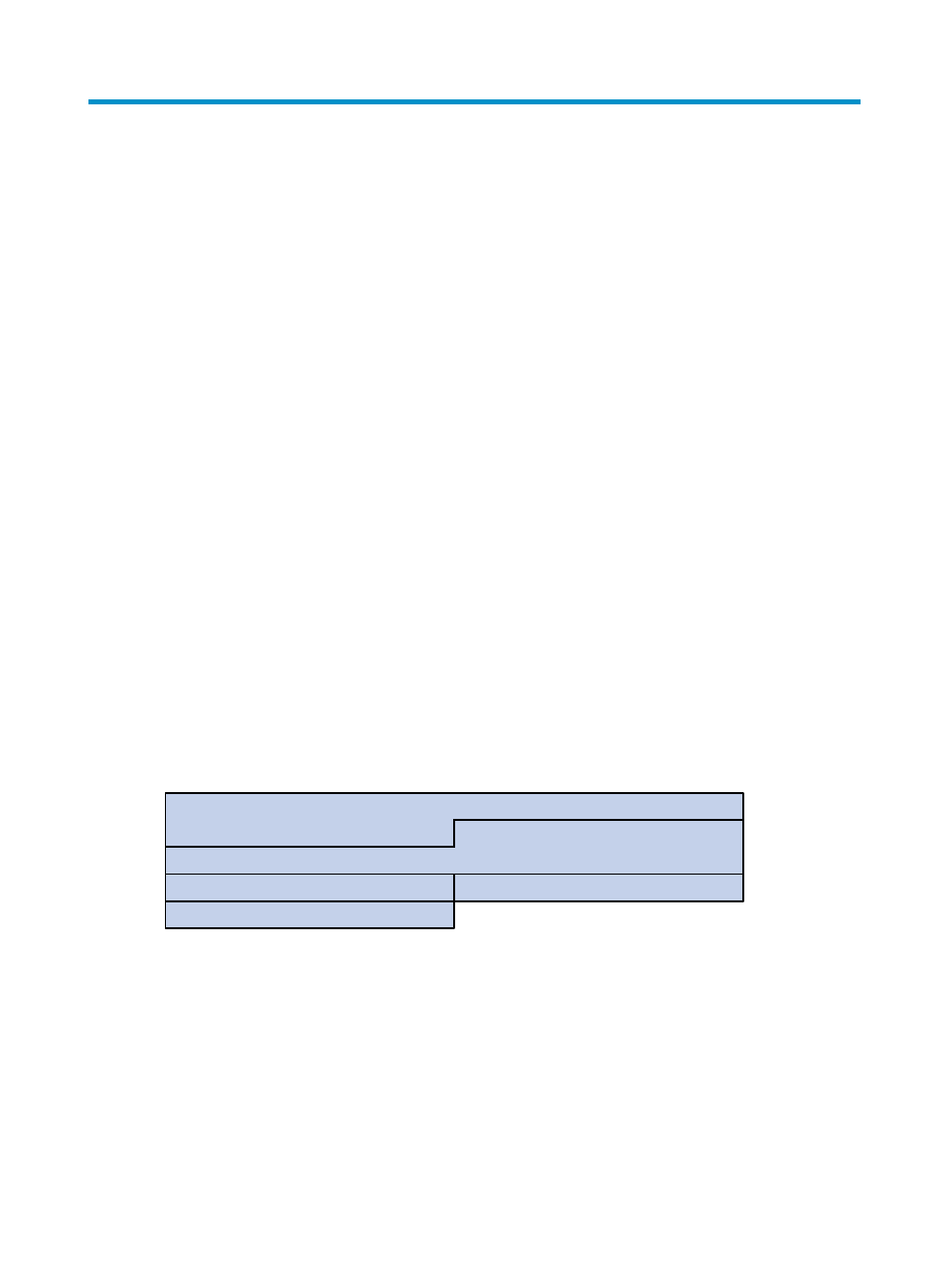Configuring loopback detection, Overview, Basic concepts in loopback detection – H3C Technologies H3C S12500 Series Switches User Manual
Page 196: Loopback detection frame

183
Configuring loopback detection
Overview
Incorrect network connections or configurations might create loops at Layer 2, which causes related
devices to transmit broadcasts, multicasts, and unknown unicasts repeatedly. This wastes the network
resources and sometimes even paralyzes the networks. The loopback detection mechanism timely
notifies you when loops occur, so that you can promptly check network connections and configurations
and remove the loops by shutting down the looped ports automatically. The loopback detection
mechanism notifies you of the network loop by printing logs and sending trap messages, and it can shut
down the looped port as configured. For more information about logs and trap messages, see Network
Management and Monitoring Configuration Guide.
Basic concepts in loopback detection
Loopback detection frame
The switch detects loops by sending loopback detection frames and then checking whether or not these
frames return (not necessarily to the sending ports). If a port on the switch receives a loopback detection
frame sent by the switch, the port is considered looped.
Loopback detection is usually VLAN based; however, incorrect QinQ or VLAN mapping configurations
might also cause loops. Even though the VLAN information carried in loopback detection frames
returned to the switch is changed, the switch still considers the receiving ports looped. For more
information about QinQ and VLAN switching, see "Configuring QinQ" and "Configuring VLAN
Figure 65 Ethernet header of a loopback detection frame
shows the format of the Ethernet header of a loopback detection frame. The Ethernet header
contains the following fields:
•
DMAC—Destination MAC address of the loopback detection frame, which is the multicast MAC
address 010F-E200-0007. When a loopback detection-enabled switch receives a frame with this
destination MAC address, it sends the frame to the CPU and broadcasts the frame in the VLAN from
which the frame was originally received.
•
SMAC—Source MAC address of the loopback detection frame, which is the bridge MAC address
of the sending switch.
•
TPID—Tag Protocol Identifier, type of the VLAN tag, with the value of 0x8100.
0
15
31
DMAC
TPID
TCI
SMAC
Type